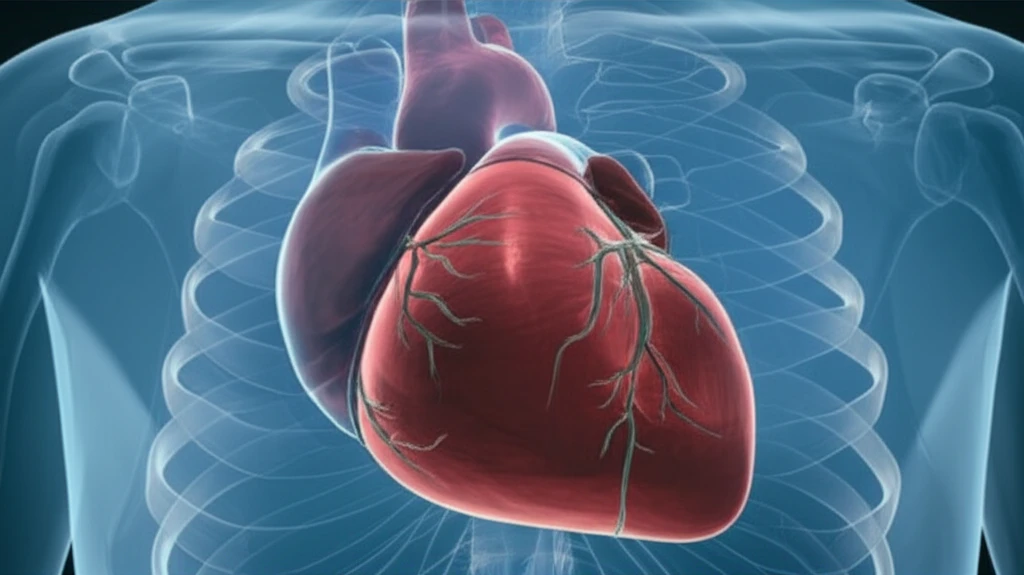
Rare Chest Cyst Causes Breathing Trouble: What You Need to Know
"A 48-year-old's breathing difficulties led doctors to discover a large bronchogenic cyst compressing his left atrium, highlighting the importance of investigating unusual respiratory symptoms."
Bronchogenic cysts are uncommon growths that develop in the chest, specifically in the mediastinum (the area between the lungs). Often, these cysts go unnoticed. In some instances, they can cause breathing problems, chest pain, or recurrent chest infections. While less frequent, these cysts can sometimes cause more severe problems. This article explores a fascinating case where a bronchogenic cyst had a direct impact on the heart.
Imagine a 48-year-old man, previously in good health, experiencing a gradual worsening of his breathing with exertion over eight months. Routine tests like physical exams, ECGs, lab work, and even chest X-rays came back normal. However, when doctors investigated further with an echocardiogram, they discovered a surprise: a sizable mass located behind the left atrium of his heart, compressing it.
This article delves into the diagnosis, treatment, and implications of this unusual case, drawing from a report by Theodoros Routoulas, Georgios Triantis, Nikolaos Smigadis, Panagiota Mylona, and Dimitrios Sionis from the Department of Interventional Cardiology and Cardiology Clinic at Sismanoglion Hospital in Athens, Greece.
When a Cyst Squeezes the Heart: Understanding the Impact

Cardiac MRI revealed that the mass behind the heart was pressing against the left atrium, deforming its shape. This mass was located near the spine, below where the trachea splits. Measuring 5.5 x 4 x 3 cm, its position and structure suggested it was a bronchogenic cyst. This cyst was deforming the posterior wall of the left atrium, but aside from this, the rest of the patient's heart and respiratory system appeared normal.
- The Surgical Success: The surgery to remove the bronchogenic cyst was successful, and the pathology report showed the cyst was not cancerous.
- Recovery and Improved Heart Function: One year post-surgery, the patient remained free of symptoms. Follow-up tests showed his left ventricular diastolic function, which had been impaired due to the compression, had returned to normal.
What Does This Mean For You? Key Takeaways on Bronchogenic Cysts
Bronchogenic cysts, while uncommon, can present with a range of symptoms, from being entirely unnoticed to causing significant respiratory or cardiac issues. This case highlights the importance of thorough investigation when faced with unexplained breathing difficulties.
While most bronchogenic cysts are benign (non-cancerous), their location can sometimes cause compression of vital structures, necessitating surgical removal. Early diagnosis and intervention can lead to a full recovery and resolution of symptoms.
If you experience persistent or worsening breathing difficulties, especially if routine tests are normal, it's crucial to discuss the possibility of less common causes with your doctor. This case demonstrates that considering rare conditions can lead to accurate diagnosis and effective treatment, ultimately improving patient outcomes.
